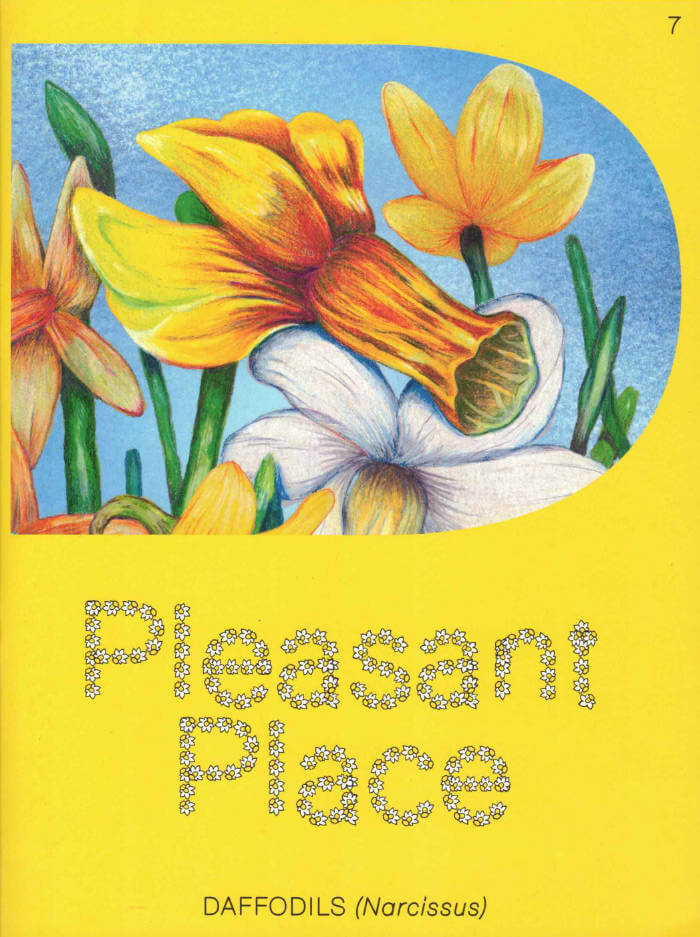
Famous for my Dinner Parties - Issue 001
famous for my dinner parties ed.
After three years online, the Berlin-based food culture magazine ‘famous for my dinner parties’ is going paper! For this first edition zine, the team selected their favourite stories, essays, fun facts and photo series of the last few years, and threw some new bits and bobs into the mix, too. It’s about fake news and futurism, fast food and food faux pas, food fights, furious foodies and the best film ever made. It’s about things that look good and things that taste good, and also about things that leave a bitter taste in one’s mouth.
famous for my dinner parties is a magazine and platform celebrating, portraying, questioning and discussing different aspects of the culture around food and eating.
Language: English





